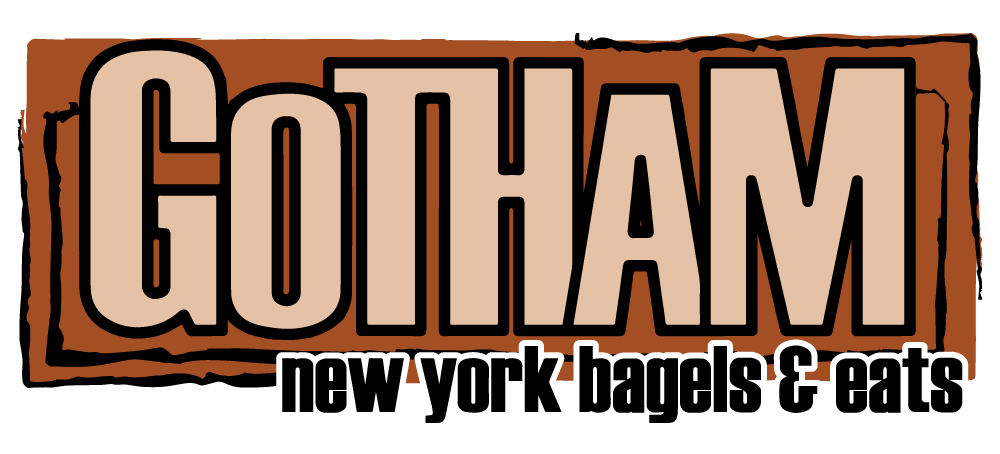The Legendary Bagelmakers of New York
Besides bad attitudes, high rent, and the statue of liberty, what is New York famous for? Bagels, of course. As a hub of immigration, innovation, and great food, it makes sense that the Big Apple has been the perfect starting point for some legendary bagel work.
Making bagels in New York, 1963 (Source: Dan Grossi, Associated Press)
Back in the day
Historical accounts tell us that the bagel shops of New York used to be hellish. We’re talking uncleaned floors, bug infestations, coal-fueled ovens. It was dirty, steamy work in high temps that put bagel bakers at risk of injury and death. The poor Polish Jewish immigrants that staffed these bakeries had no other choice—they had to feed their families by making these street snacks as cheaply as possible.
The rise of local 338
The milestones in workers’ rights that occurred after the turn of the century didn’t miss those that toiled in New York’s bagelries. Conditions improved, and as the popularity of these baked goods rose steadily amongst New Yorkers, a bakers’ union was formed in the 30’s to protect the tradition. This union wasn’t for everyone—even if you could roll 800+ bagels per hour (an actual apprenticeship requirement!) it was strictly about who you knew. That being said, it did wield an incredible amount of power, and strikes against bagel producers who used new machinery caused significant bagel shortages a few times until the end of the union in the 70’s.
Mechanized bagel production (Source: Carl Lender)
O.G. bagel spots
As bagel production became industrial, less and less of these traditional establishments lined the streets of New York. A few bagel shops from the latter half of the 20th century—like Davidovich, Ess-a-bagel, or The Bagel Hole— still sell traditional New York bagels. However, the majority of these mom-and-pop productions have been lost to the sands of time, or transformed into frozen bagel wholesalers.
The Ess-a-bagel storefront, since 1976 (Source: NYDailynews)
Grab-and-go
In the past, hot bagels came at a high human cost. Since then, things have changed considerably. But although the bagel business may have changed hands and moved to new digs, New York still feeds its crowds accordingly. No two ways about it: in New York, the bagel has an icon status that keeps the tradition alive. It remains a city of bakers and enthusiasts who can tell when a bagel is made the right way—hand-rolled and fresh from the oven.



